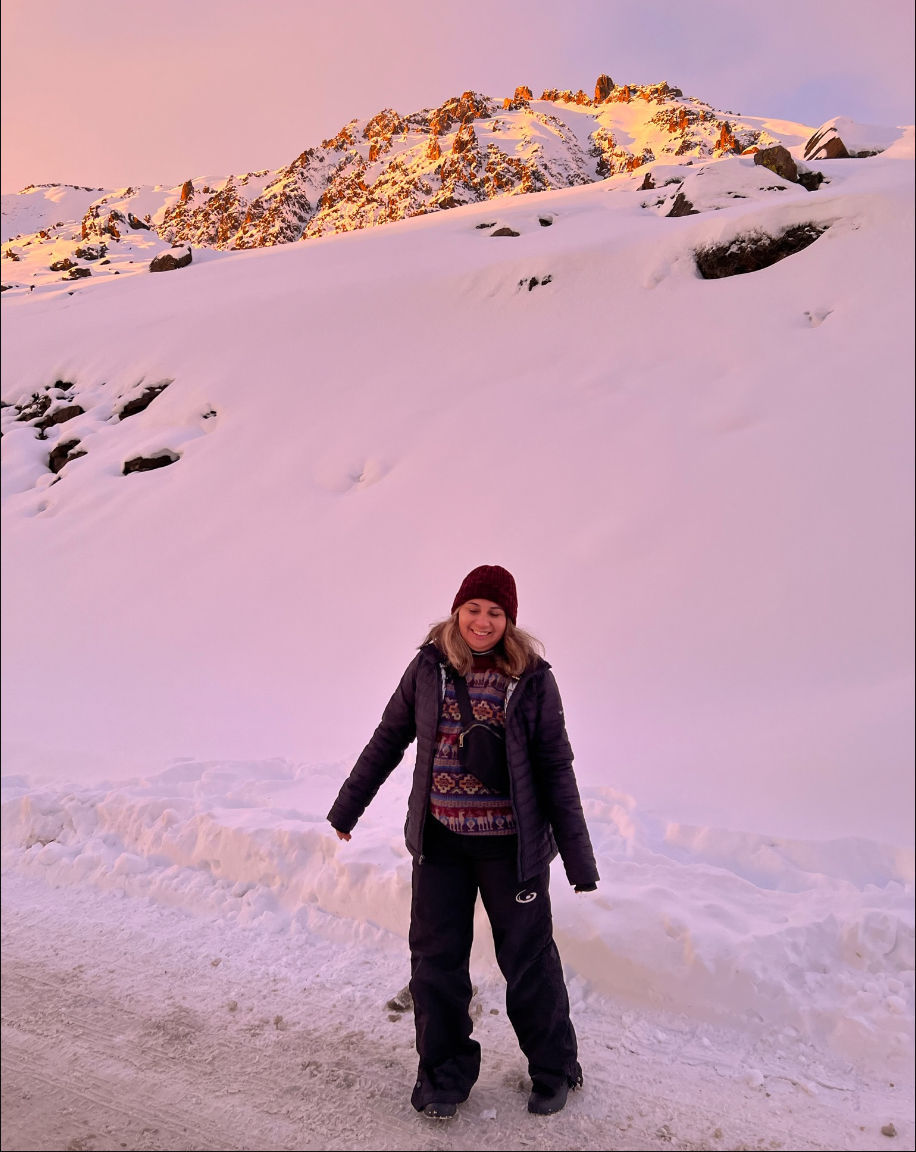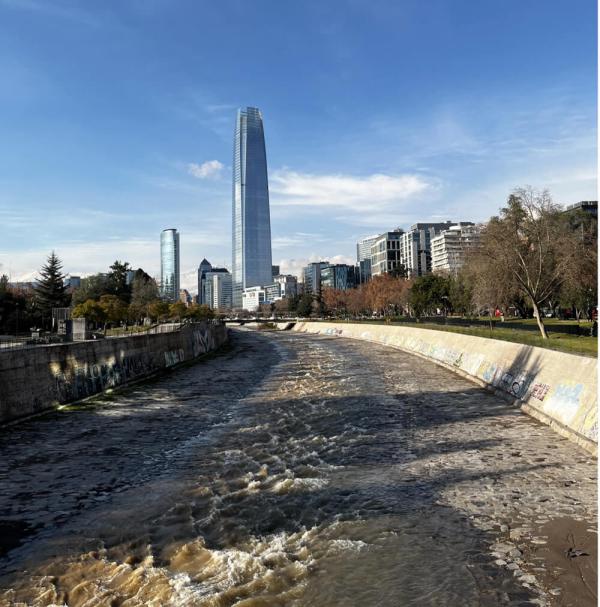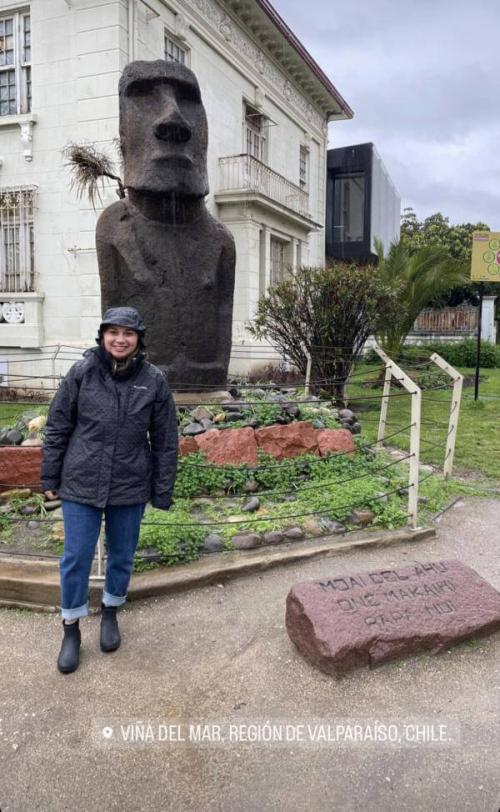My name is Stacy Peralta-Ortiz and I am one of the 2022 GW UNESCO Fellows. I am doing a three-month hybrid internship with the Education Monitoring and Evaluation Unit at UNESCO’s Regional Bureau of Education for Latin America and the Caribbean (OREAL) which is located in Santiago, Chile. The first month of my internship, consisted of understanding UNESCO’s unique role in international development and the role the education Monitoring and Evaluation Unit at OREAL within the organization.
Initially, the internship consisted of understanding UNESCO’s role in educational governance and the work being done by the Regional Bureau to help implement and monitor the 2030 Agenda, specifically the Sustainable Development Goal 4 (SDG 4). The SDG 4 main goal is to “Ensure inclusive and equitable quality education and promote lifelong learning opportunities for all”.
In the age of ‘post-COVID’, the role of monitoring and evaluation is especially important, as it plays a key role in making sure that the work of over ten years is not lost due to online learning and social isolation. Since COVID-19 resulted in many nations foregoing in-person instruction for online learning, the Monitoring and Evaluation unit is creating data driven recommendations that will allow nation states to improve the retention and recovery of students.
After working remotely for a month, I finally made it to Santiago, Once I arrived in the city of Santiago, I was tasked with conducting a qualitative research project on Latin America’s post-COVID educational recovery. The goal was to create a set list of key indicators, that would help create an analytical framework to look for commonalities, trends and see how these plans align with recommendations set forth by the World Bank, UNESCO, and other key stakeholders. After identifying the most prevalent intervention frameworks, the final goal of the project is to understand how Latin American nations have tried to mitigate education loss due to school closures and online learning as cause of COVID-19.
With such a unique and culturally rich history, Santiago is a hidden gem within Latin America. Much of the city still feels authentically Chilean and has yet to be saturated by tourism. Due to the geographic positioning of the city, you are able to access all sorts of different activities within a short period of time. For example, to visit Valparaíso, a UNESCO world heritage costal city it would only take a two-hour drive from the city center. Since Chile is in the southern hemisphere, which is a place to escape the D.C summer, access to the snow-capped Andes mountains is relatively easy. Snowboarding and skiing are popular activities in the Andes, and while I was dreadful at both, they were still incredibly fun activities to try nonetheless!
I have been incredibly grateful for the flexibility provided by my current employer, the University of California Education Abroad Programs, as well as George Washington University and the UNESCO Regional Bureau of Education for Latin America and the Caribbean, to visit Chile in 2022. Although my time in Chile is short, I aim to make the most of my experiences here.
Until next time, chao!
Stacy is a Master’s candidate in International Education with a focus on improving access to higher education for disadvantaged students and creating more opportunities for students of color to study abroad.




